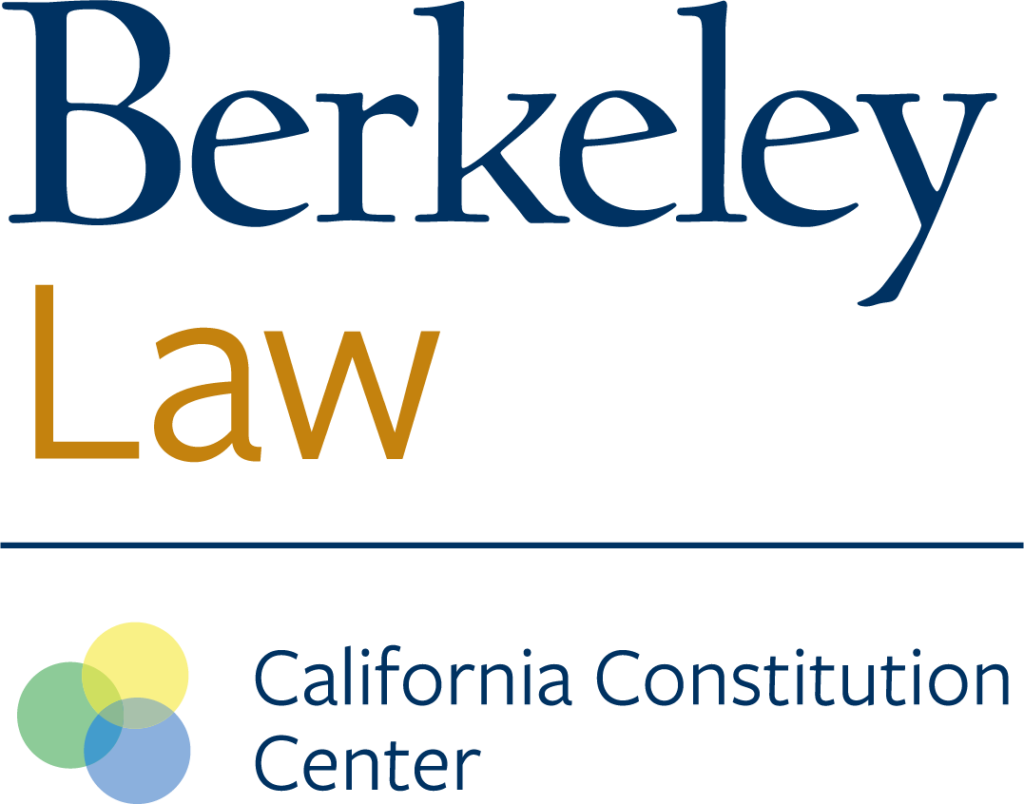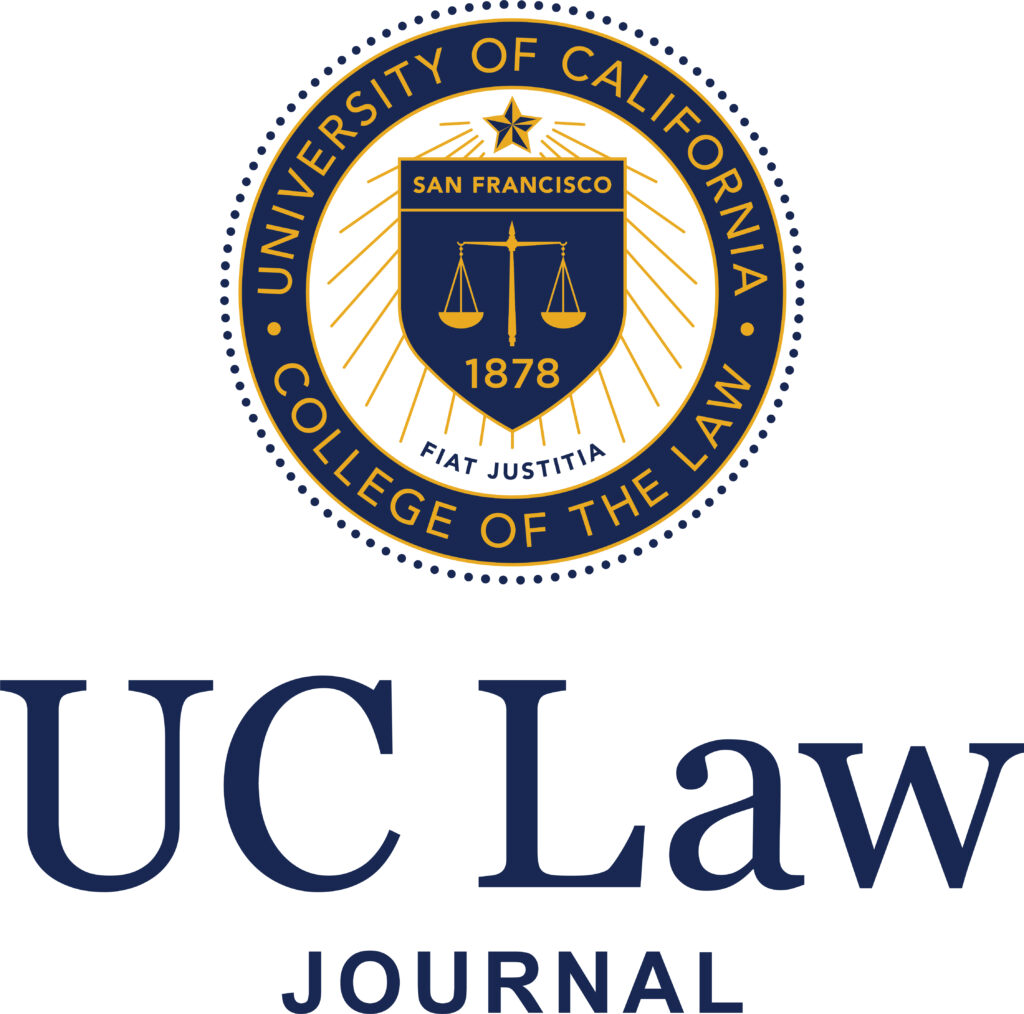California Constitution Center turns 10
Dear California: What a decade it’s been since John Yoo, Danny Chou, and David Carrillo forged the California Constitution Center in April 2012: no one foresaw a pandemic, Trump, a gubernatorial recall, and a European land war. Despite it all California still stands, and the center abides. In the center’s first decade we worked hard to build a body of knowledge, contribute to the law, and participate in policy debates. Our res gestae: A casebook 188 blog articles 64 moots 50 opinion editorials 47 fellows 25 classes 15 journal articles 15 conferences and events Five amicus briefs We did work...



